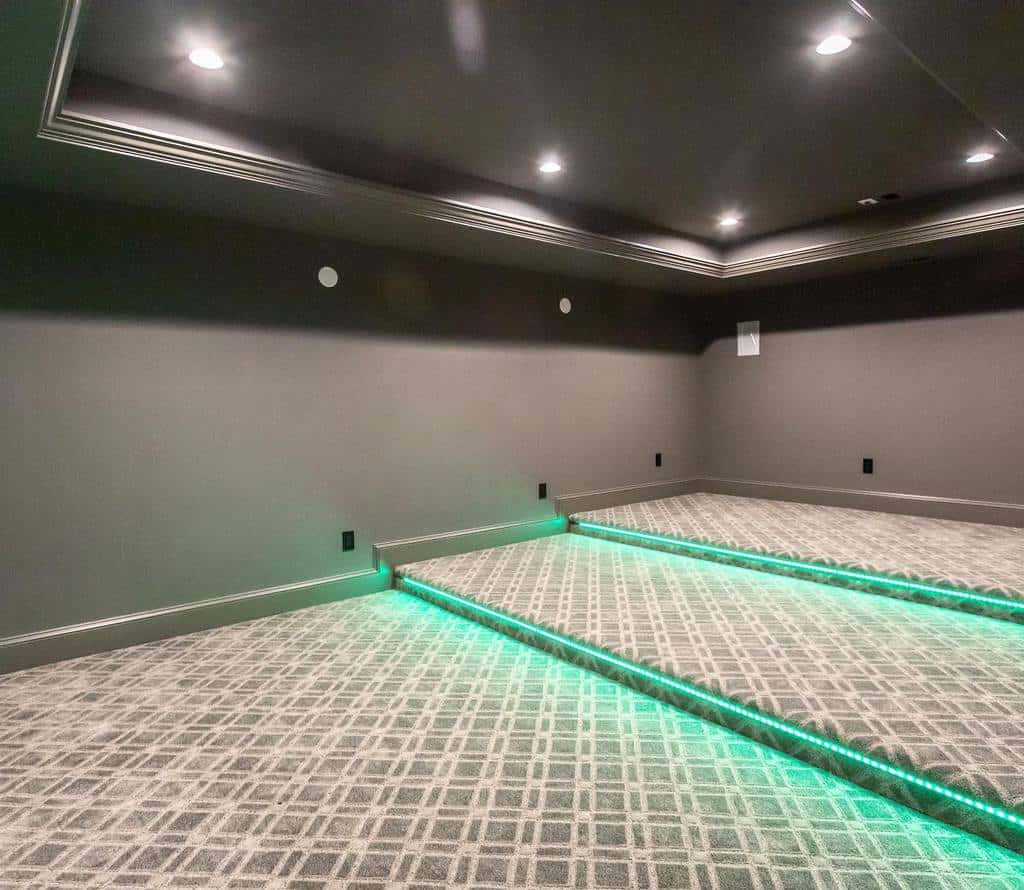
8 Basement Lighting Ideas to Brighten Your Space Up
“The darkest rooms in your house can become the brightest with the right lighting fixtures!” – Unknown
Basements have a reputation as dark, dreary, frightening spaces. Although the majority of new construction includes more basement windows, these subterranean living zones still present greater lighting challenges than rooms above ground.
Thankfully, excellent basement lighting options exist that can help your basement feel as naturally illuminated as the other floors in your house. Check out this fantastic collection of best basement lighting ideas and brighten up your lowest floor today!
1. Under-The-Stairs Desk Lighting
Imagine turning that under-stairs space into a bright spot with desk lighting! It’s perfect for a kitchen bar or reading area, making every corner of your basement useful and inviting.
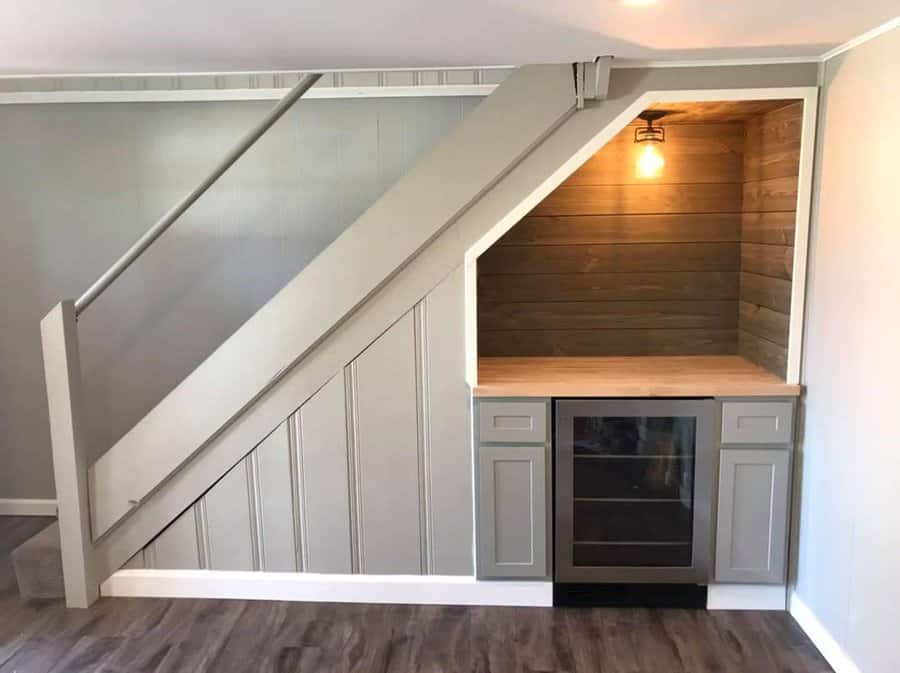
2. Recessed Lighting
Create a sleek and unobtrusive lighting setup in your basement with recessed lighting. This method offers a streamlined look, providing ample illumination without the clutter of visible fixtures. It’s perfect for a minimalist aesthetic, or rooms where ceiling height is a concern.
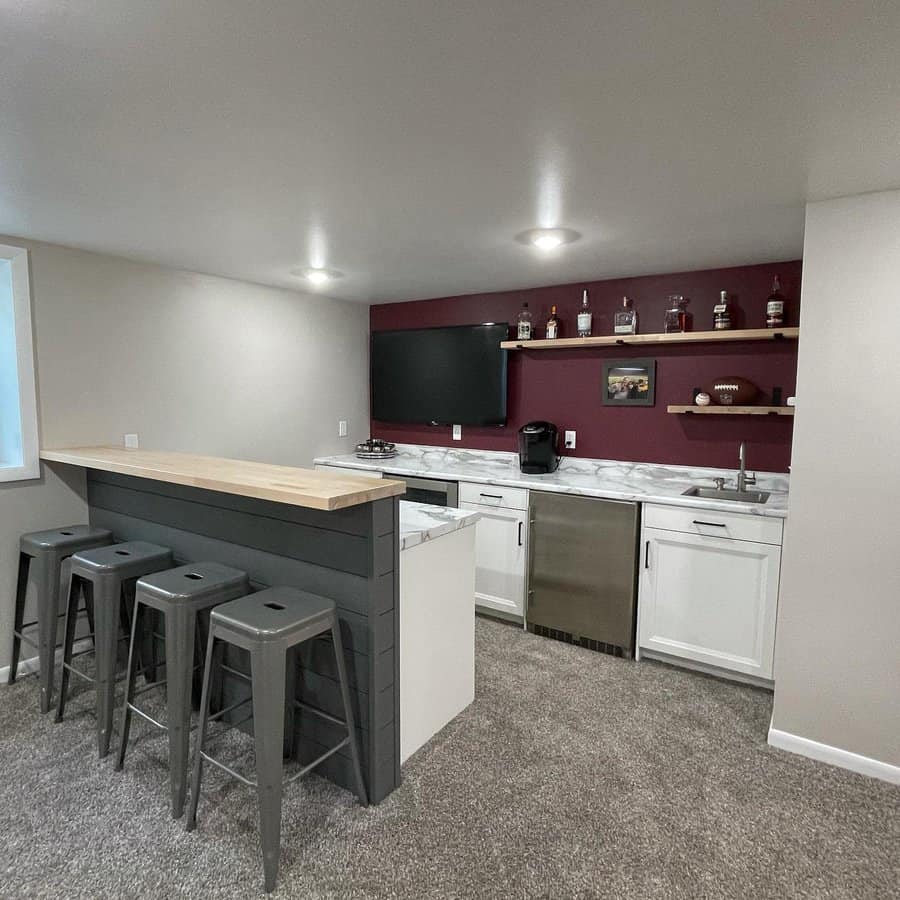
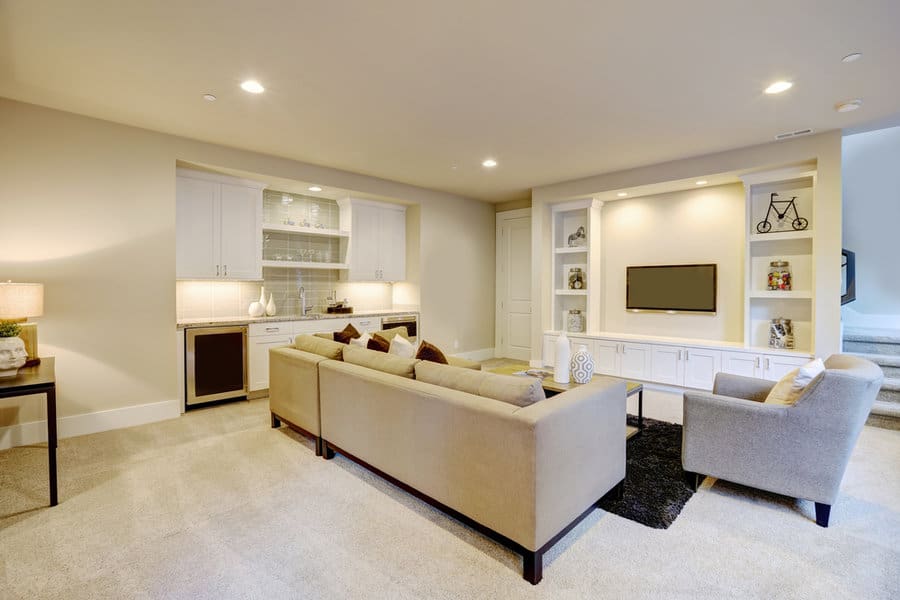
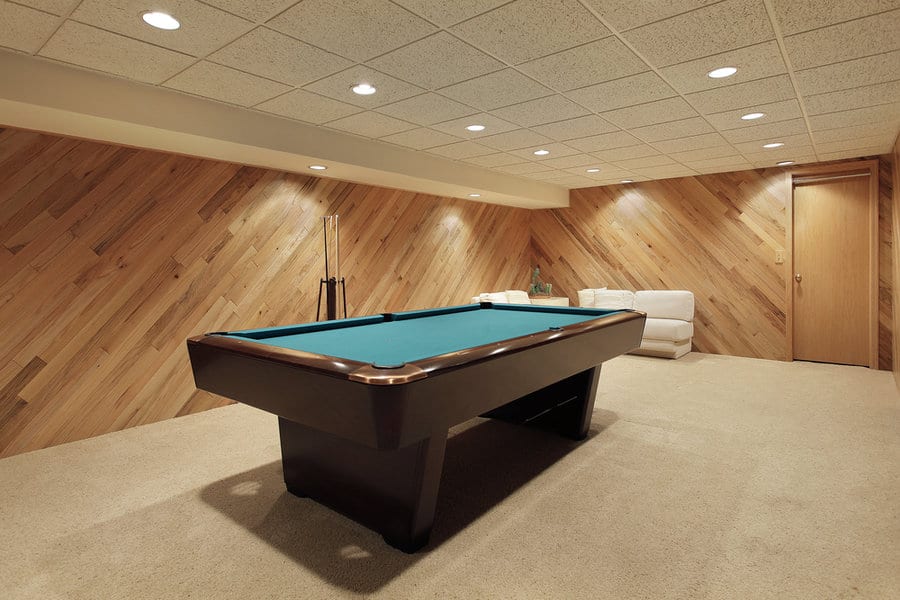

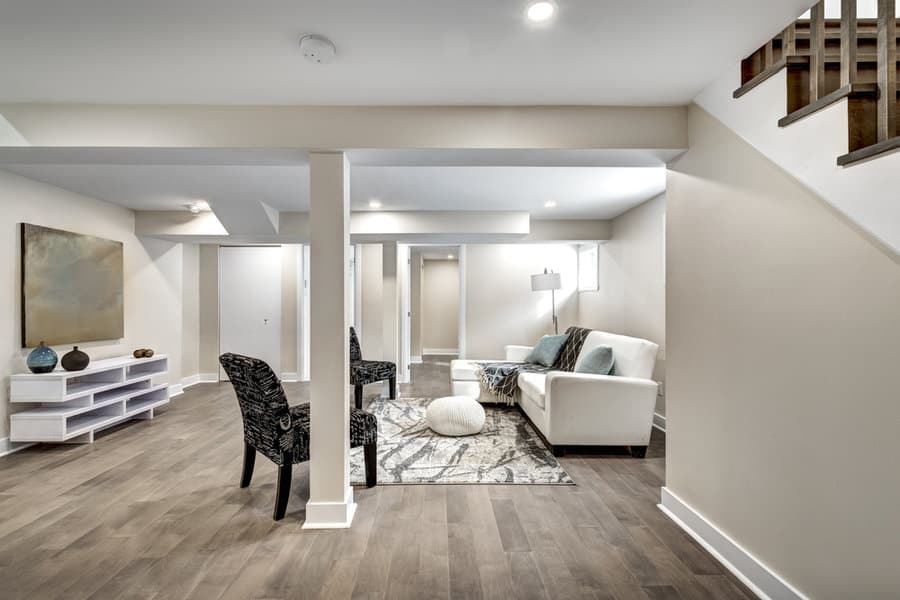
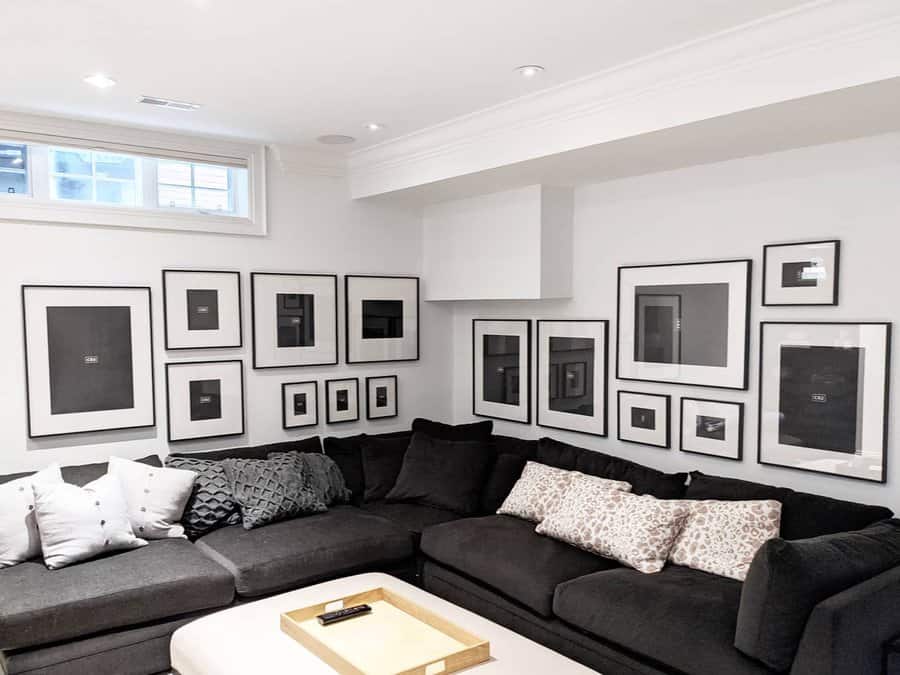
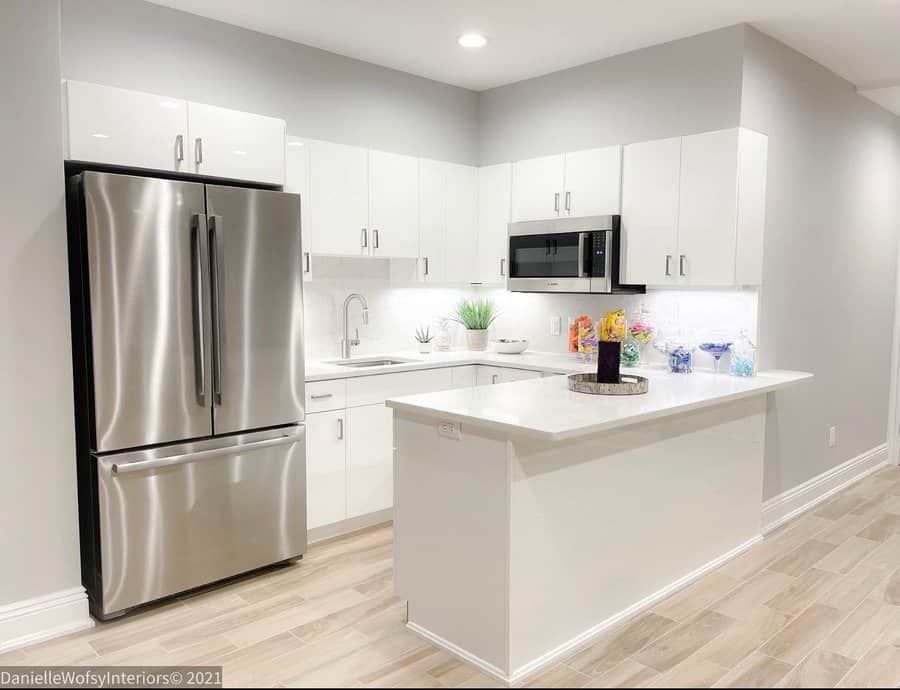
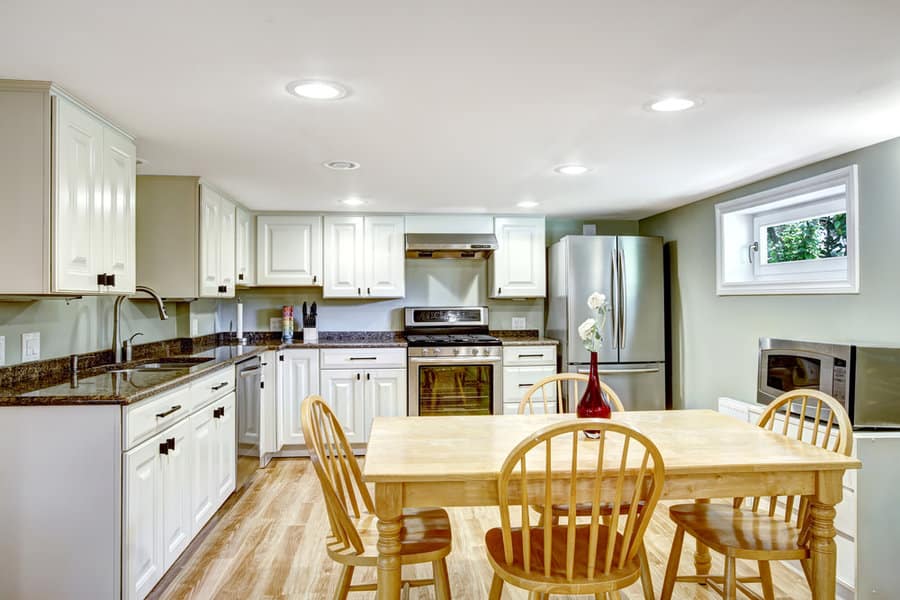
3. Basement Bar Pendant Lighting
Pendant lighting not only focus light directly onto the bar surface but also serve as a design statement, contributing to a warm, pub-like atmosphere ideal for entertaining.
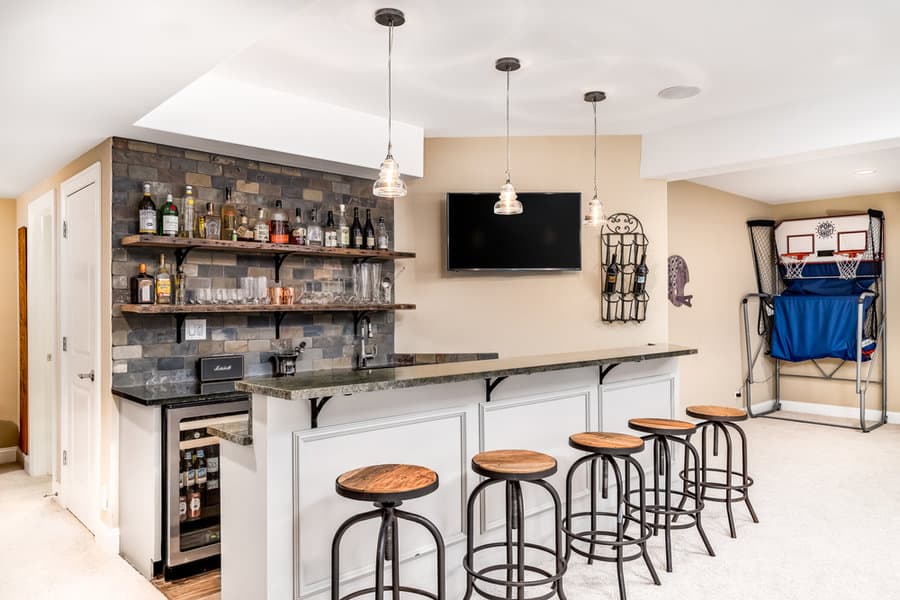
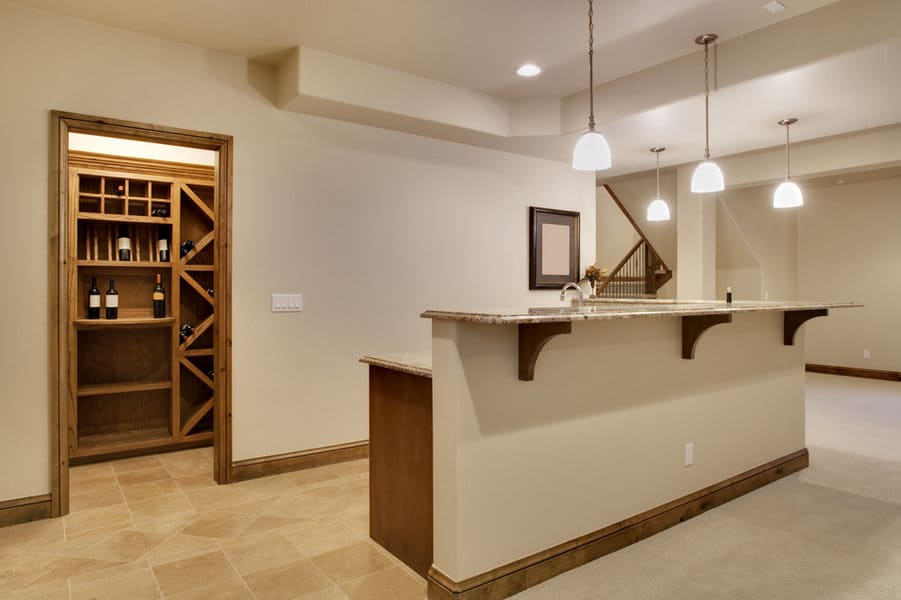
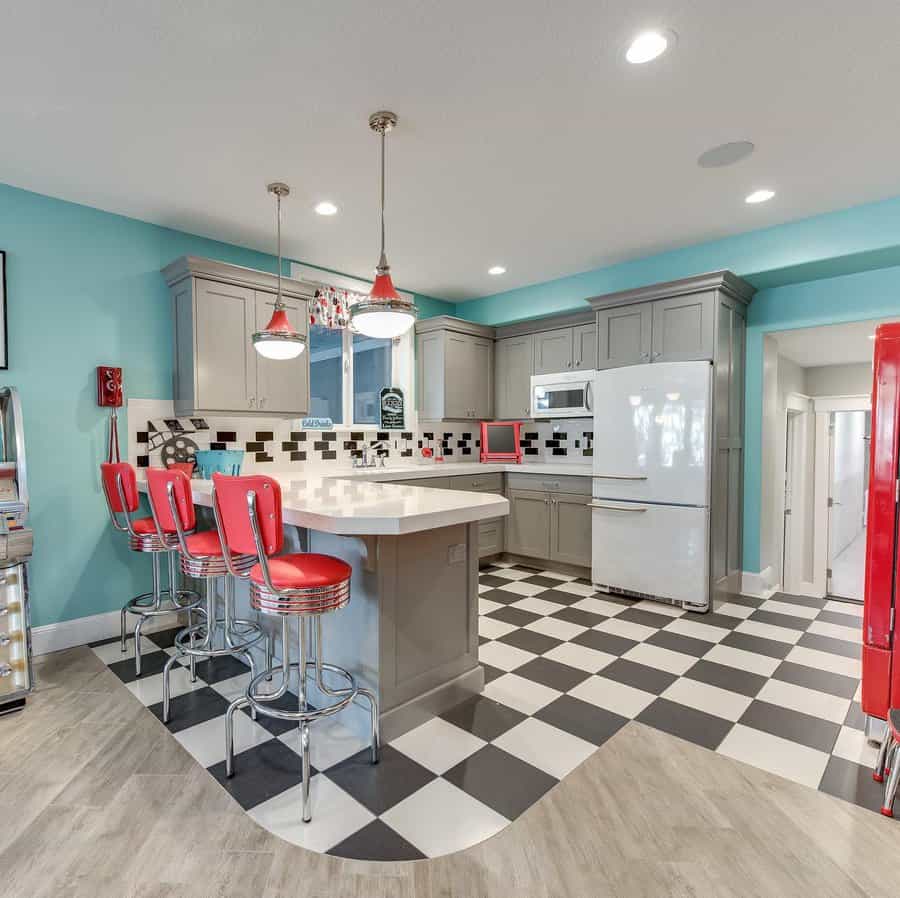
4. LED Strips
LED strips offer a modern, versatile, and energy-efficient way to illuminate your basement. These flexible strips can be installed along edges, under furniture, or even in coves to create an ambient glow, accent architectural features, or provide task lighting where needed.

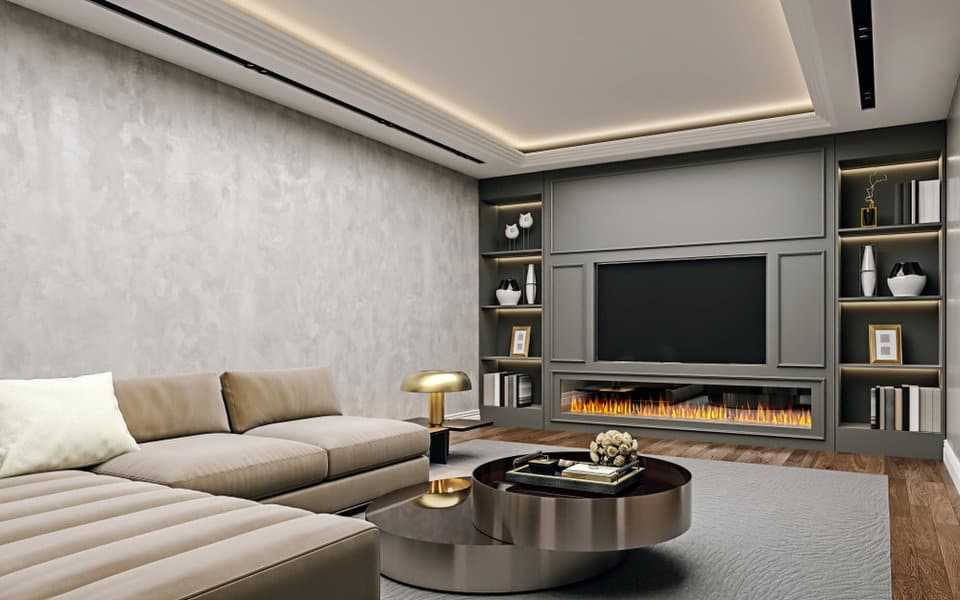
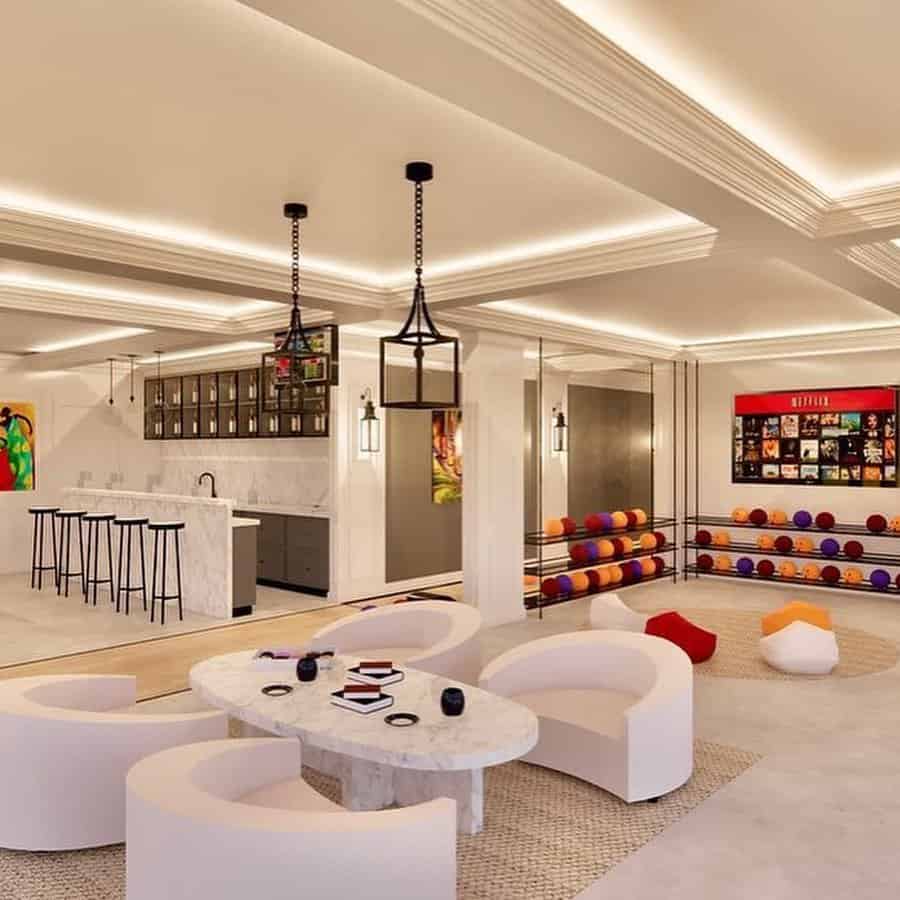
5. Globe Pendant Lighting
Globe pendant lights bring a touch of elegance and a diffused, soft light to your basement. Their spherical shape and varying sizes make them a charming focal point, ideal for creating a cozy reading corner or a convivial seating area.
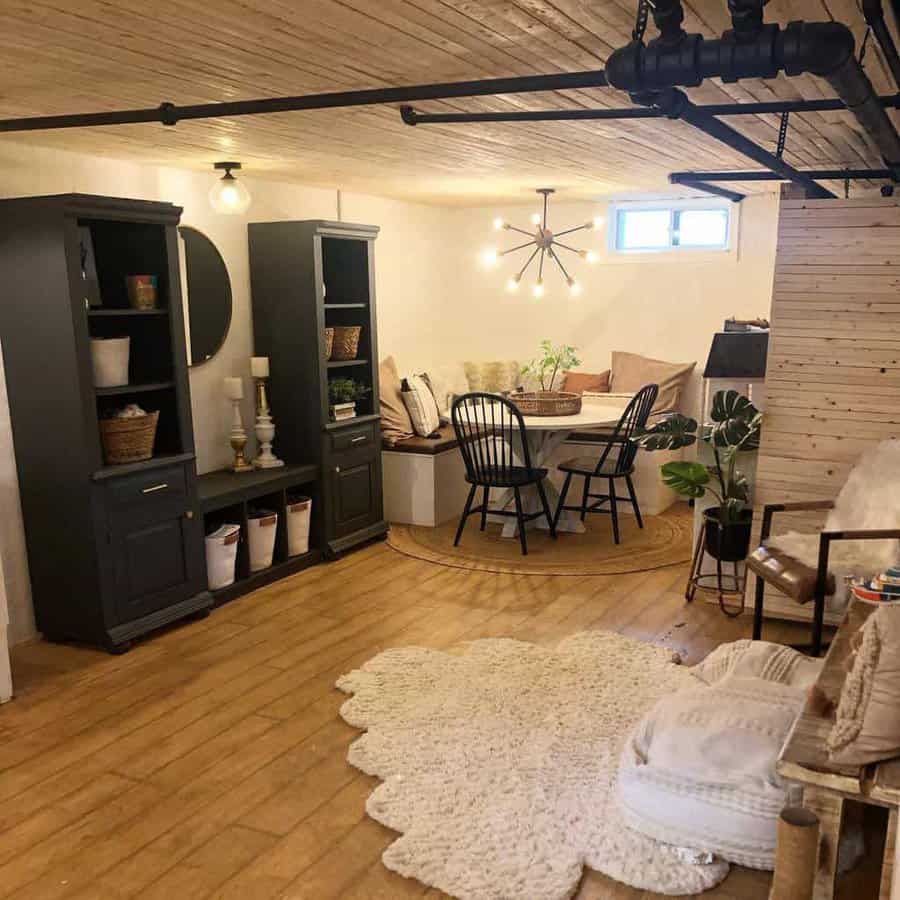
6. Surface Mounted Downlight
Surface-mounted downlights are a practical yet stylish solution for basements with limited ceiling space. These fixtures provide focused illumination and can be strategically placed to highlight artwork, architectural features, or simply to brighten up the entire space.
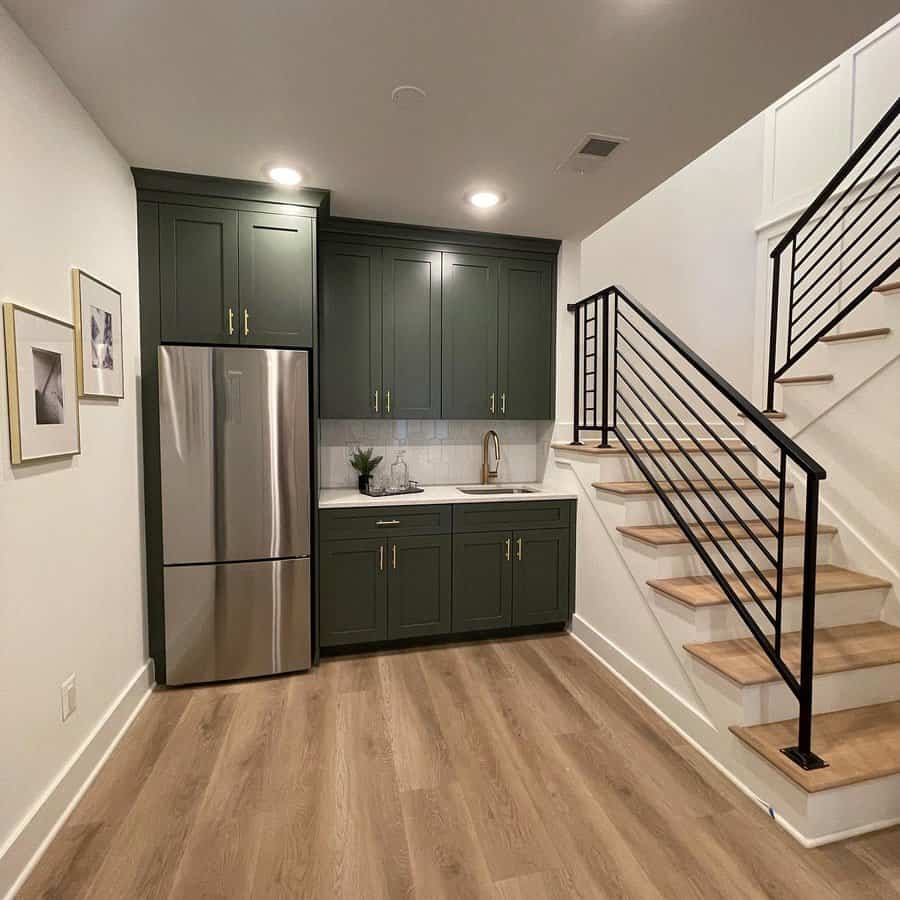
7. Modern Black Fixtures
Add a touch of contemporary sophistication with modern black fixtures. Their sleek design and bold color make a striking contrast against lighter walls or ceilings, offering a statement piece that is both functional and artistically compelling.
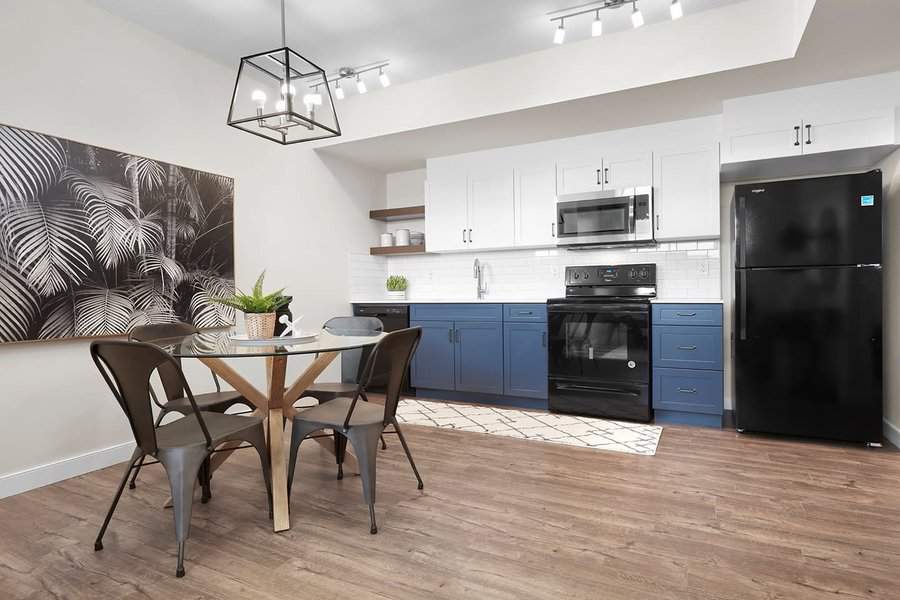
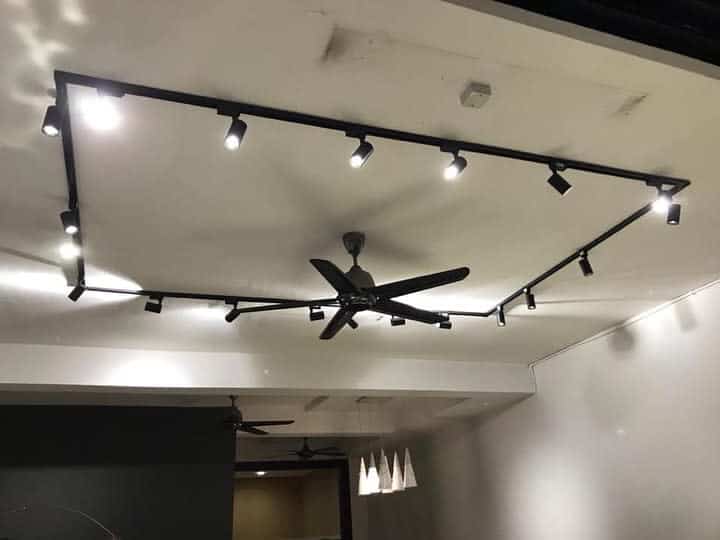
8. Lighting With Ceiling Beams
Lighting up your ceiling beams is a great way to add warmth and character, highlighting the unique features of your basement in a cozy, inviting way. The best option is probably to use a mix of surface-mounted lights and recessed lights in vaulted ceiling boxes, blending practicality with aesthetic appeal for a truly captivating look.
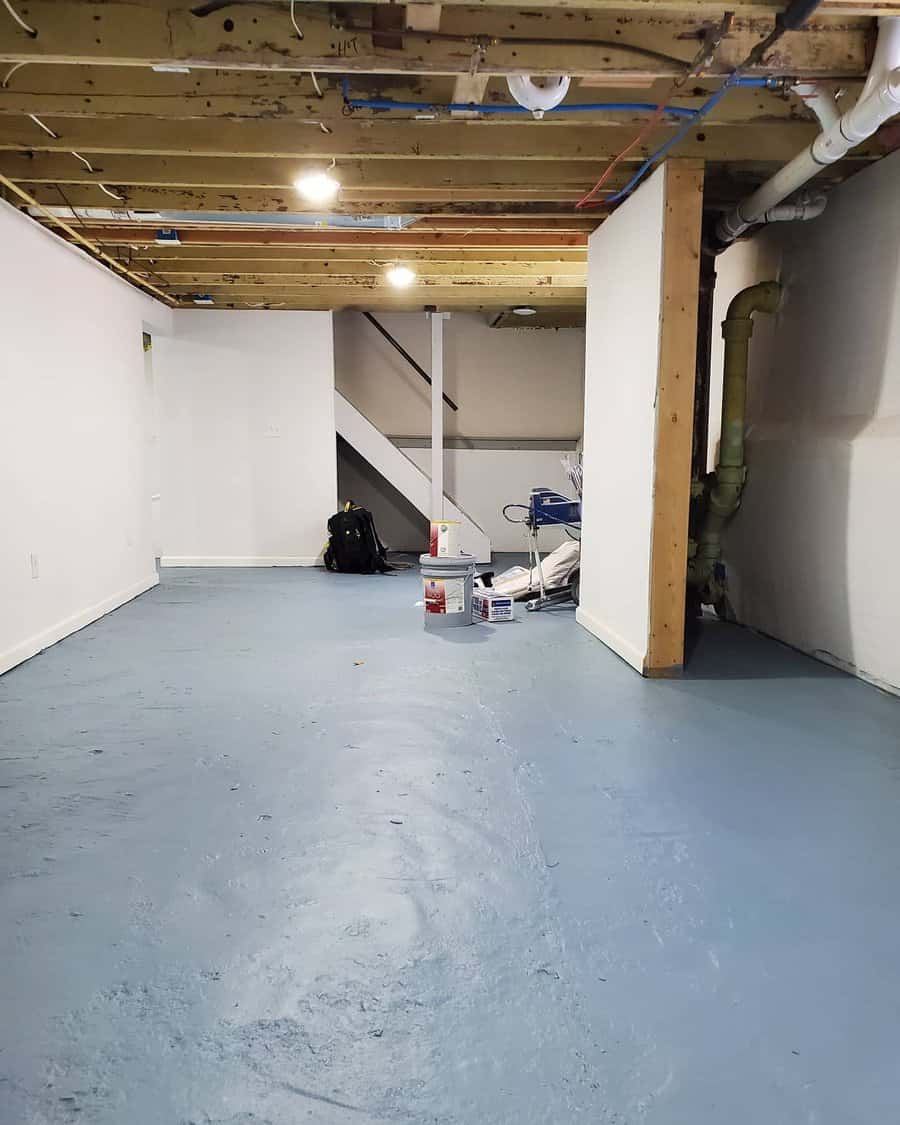
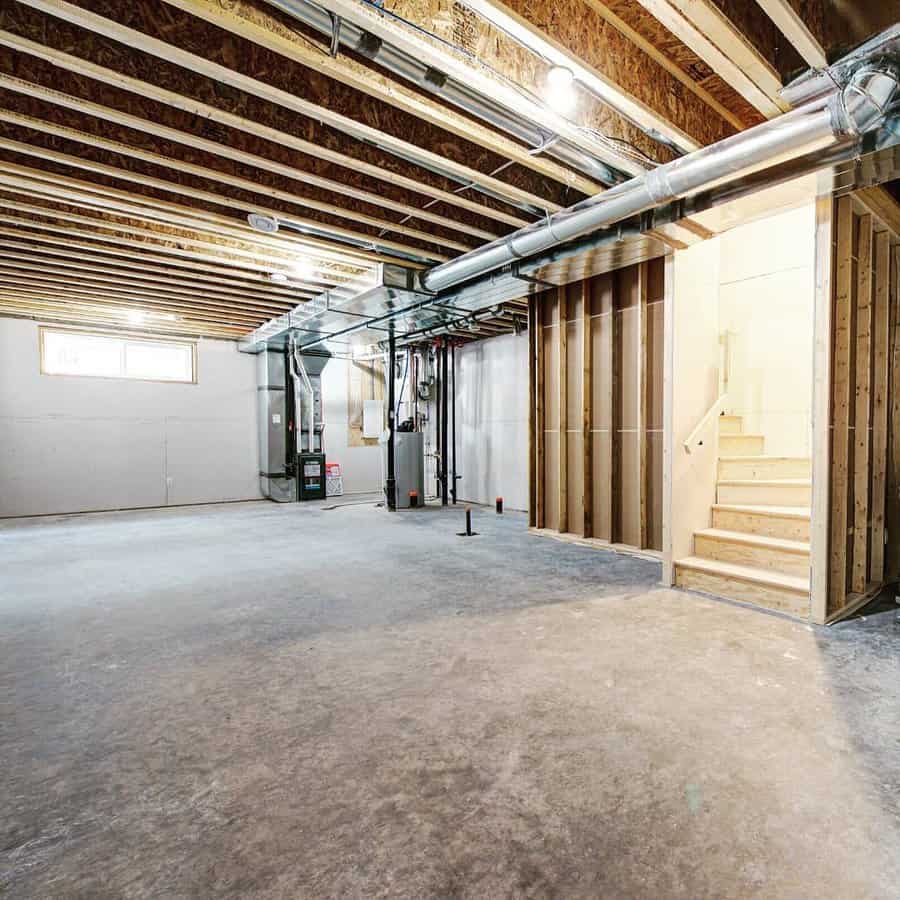
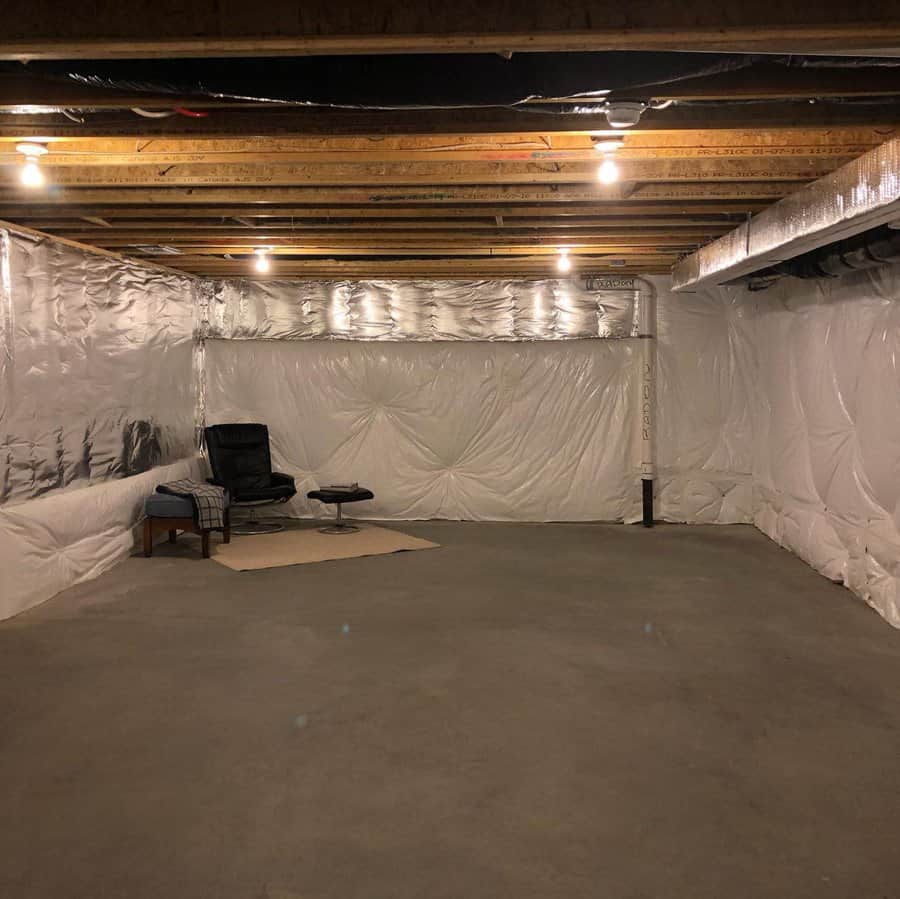
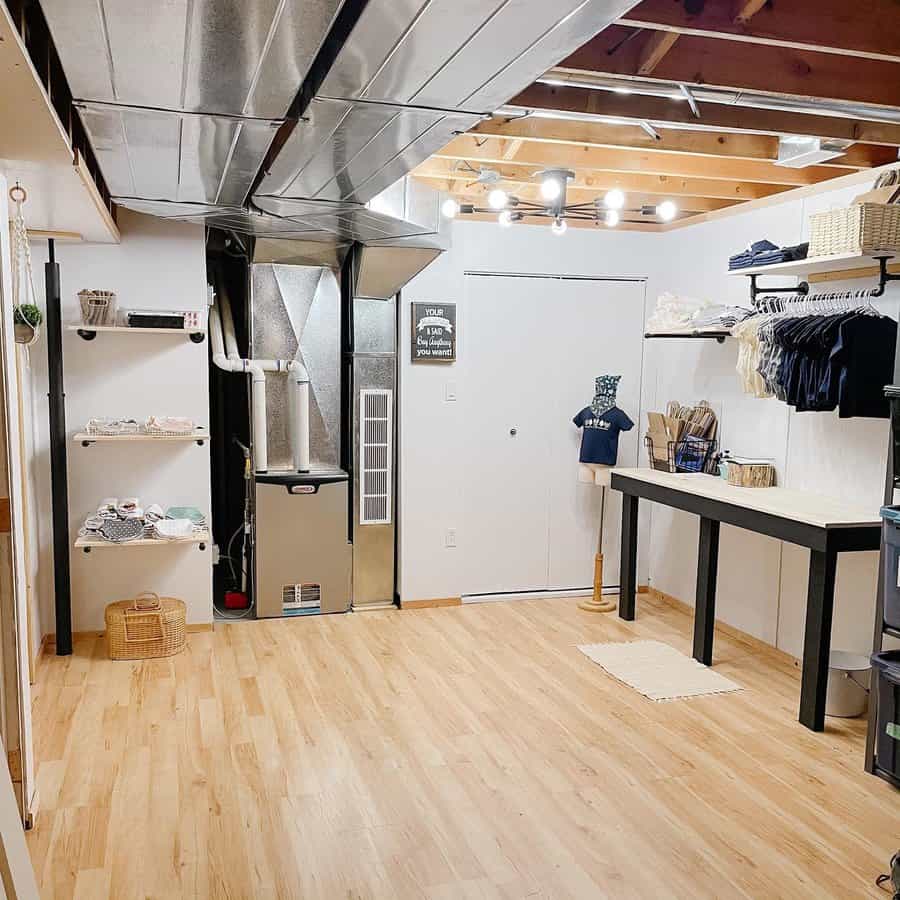
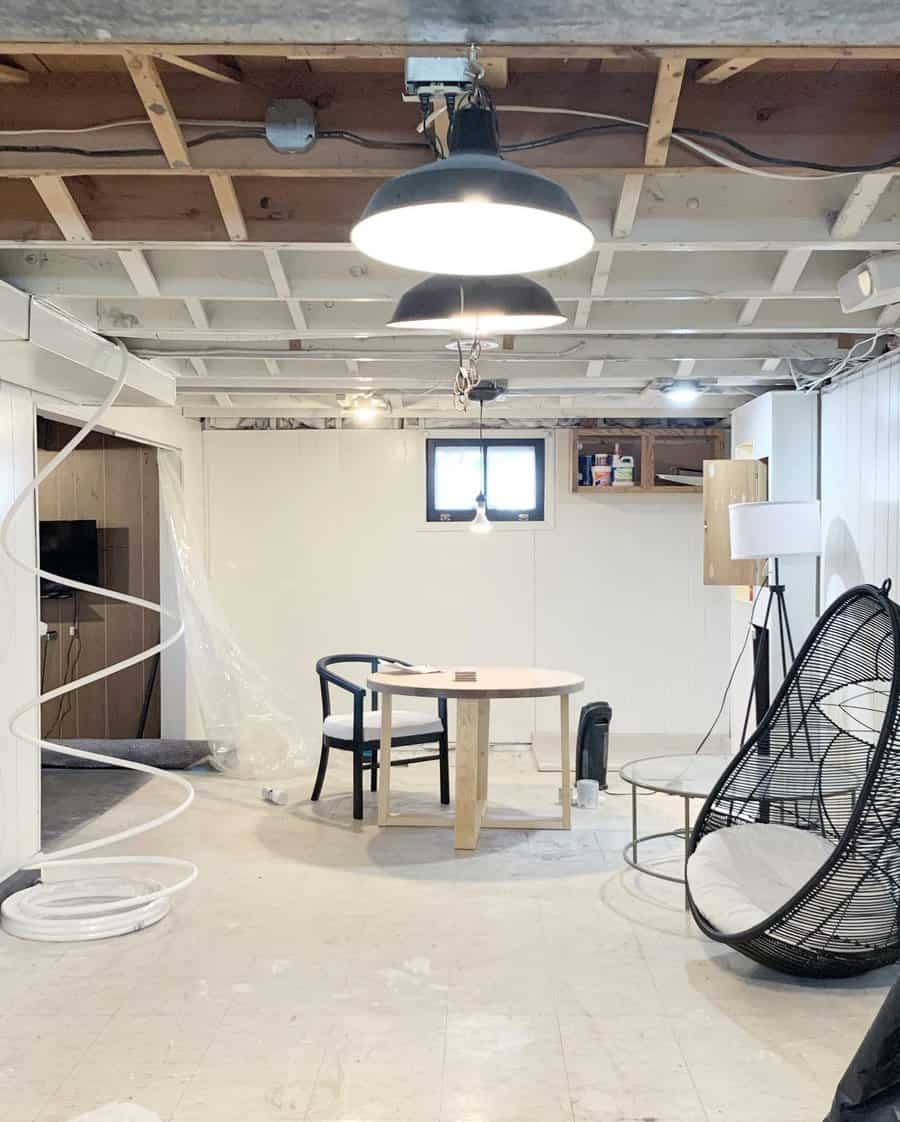
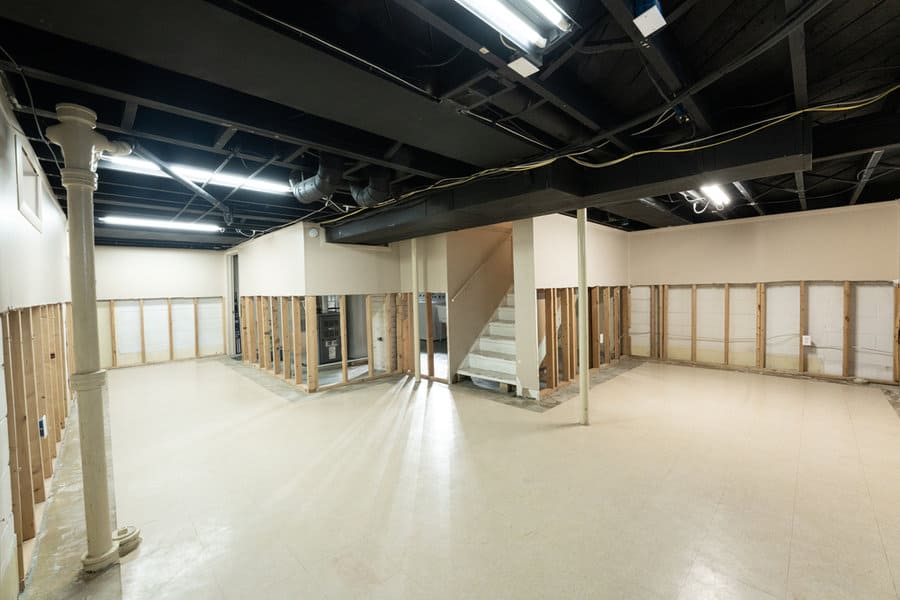
Basement Lighting FAQs
Adding light fixtures is the logical first step in increasing a dark basement’s brightness. Other ways to make the basement feel brighter include:
- Painting the walls a light color.
- Hanging mirrors and adding other reflective surfaces.
- Investing in a basement renovation that adds more windows and raises the ceiling.
- Increase the number of lamps and ambient lighting in the space.
Usually, recessed light fixtures work best in a drop ceiling. These recessed ceiling light fixtures may use fluorescent bulbs or LED bulbs.
